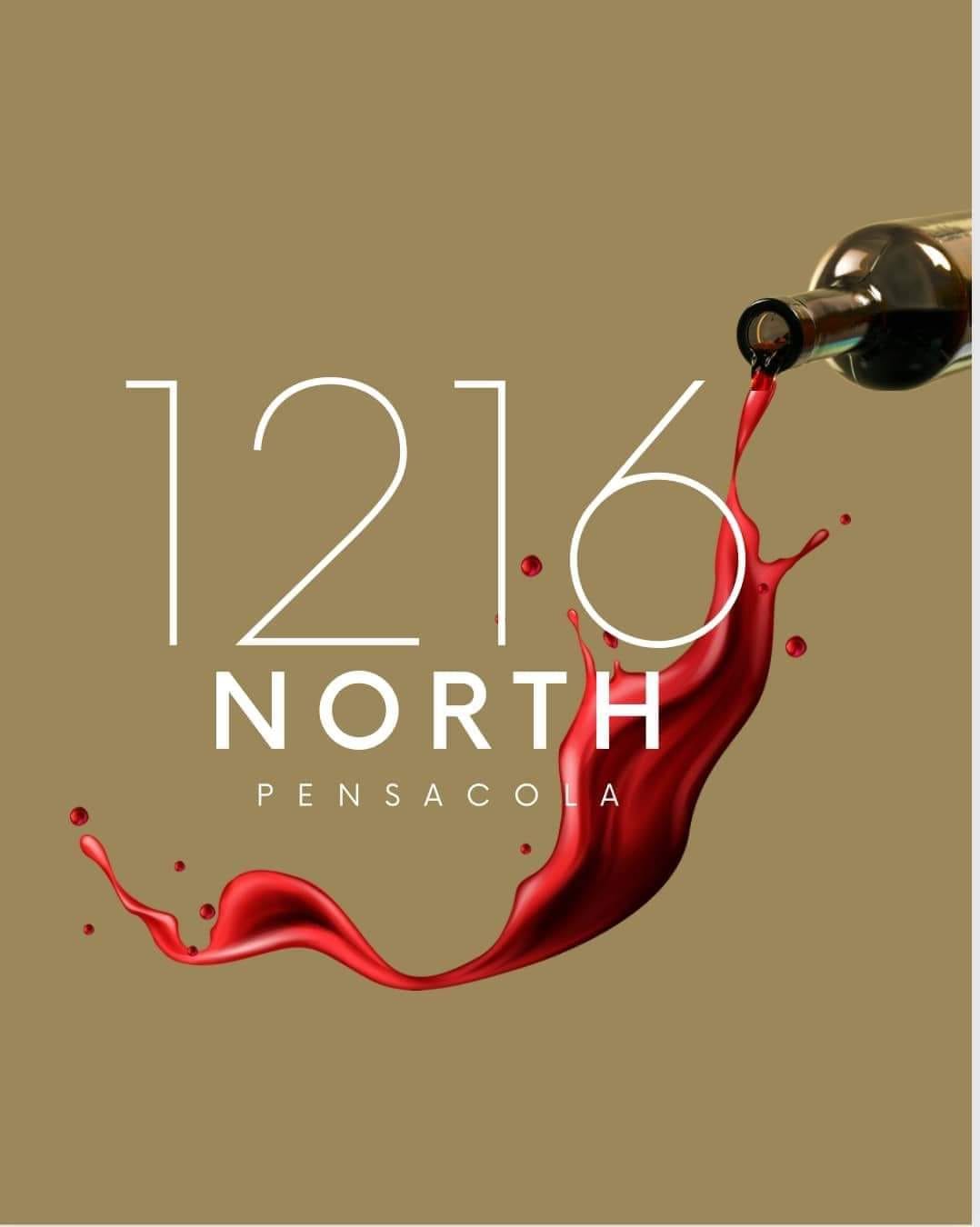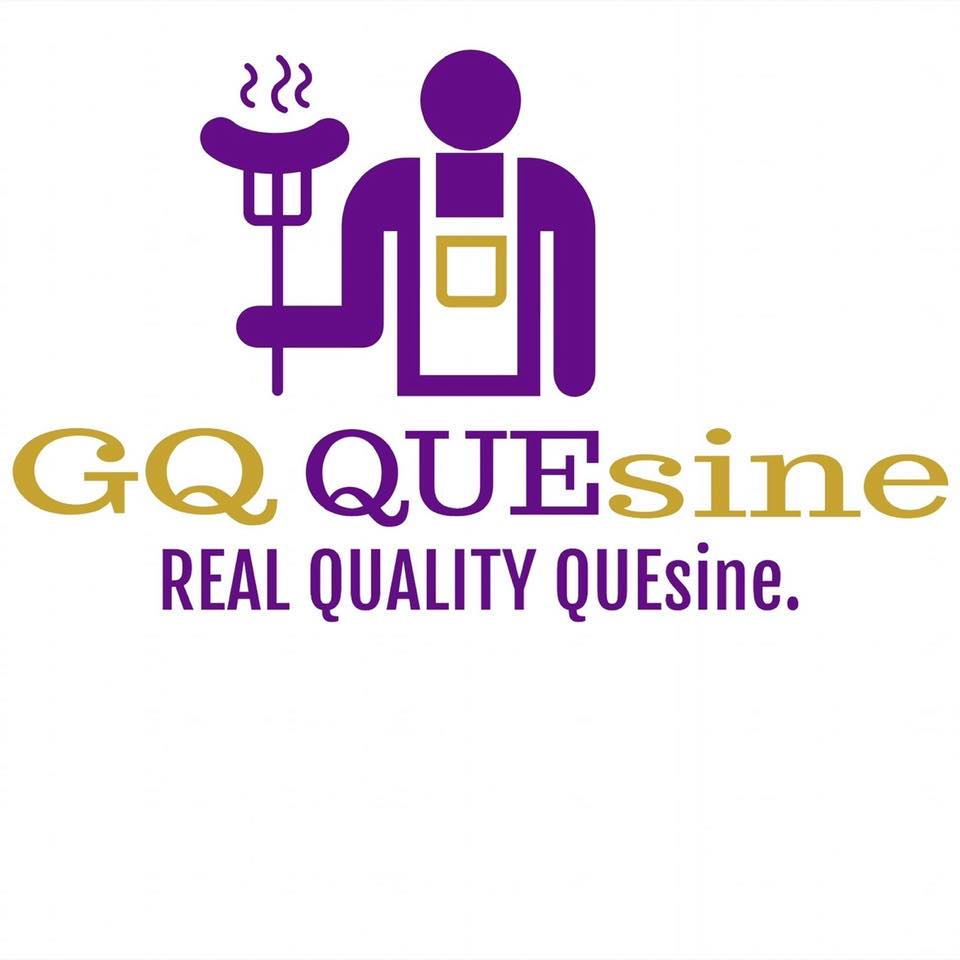Access Granted Because You Did the Work
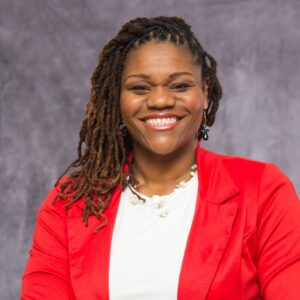 One of the questions you raised was how we initiated this shift, and how we actively work towards making significant changes. The initial step involves understanding the economic ramifications of not addressing, adding value to, or creating space for every voice in this issue. Perhaps even before that, it’s crucial to gain a comprehensive understanding of the problem and articulate it from a legislative perspective. Navigating platforms like congress.gov and delving into Senate and House committees helps identify the entities responsible for overseeing the issue. In my case, when addressing black entrepreneurship and the racial wealth gap, it leads me to the Senate Committee on Small Business and Entrepreneurship, the House Committee on Small Business, and even the Committee on Education and Workforce Development. The key lies in pinpointing the committees that hold implicit oversight on the matter. This understanding becomes particularly powerful when we can translate it into economic value, aligning with their budget allocations for areas like education, workforce development, cybersecurity, and artificial intelligence. Being well-versed in these numbers becomes crucial for advocating change effectively.
One of the questions you raised was how we initiated this shift, and how we actively work towards making significant changes. The initial step involves understanding the economic ramifications of not addressing, adding value to, or creating space for every voice in this issue. Perhaps even before that, it’s crucial to gain a comprehensive understanding of the problem and articulate it from a legislative perspective. Navigating platforms like congress.gov and delving into Senate and House committees helps identify the entities responsible for overseeing the issue. In my case, when addressing black entrepreneurship and the racial wealth gap, it leads me to the Senate Committee on Small Business and Entrepreneurship, the House Committee on Small Business, and even the Committee on Education and Workforce Development. The key lies in pinpointing the committees that hold implicit oversight on the matter. This understanding becomes particularly powerful when we can translate it into economic value, aligning with their budget allocations for areas like education, workforce development, cybersecurity, and artificial intelligence. Being well-versed in these numbers becomes crucial for advocating change effectively.
The Five-Minute Advocate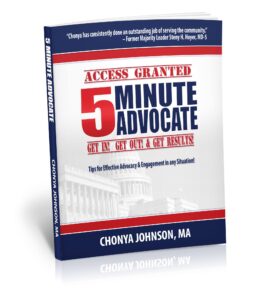 equips you with the skills to make the most of a brief time window. Considering this, it’s worth tapping into your researcher and professor mindset—think about how you’d utilize an additional 25 minutes if given that opportunity. As readers and viewers engage with the book, they can follow a template provided to craft their advocacy strategy. This includes structuring phone calls and scripting emails to various offices and legislative staffers. The key is to pack substance into these communications. For instance, if an email takes five minutes to read and prompts an offer for a 25-minute appointment with a representative, you should be prepared. Understand what you aim to accomplish in those 25 minutes—know the relevant committees, comprehend the financial figures, and articulate a clear call to action. The emphasis is on ensuring that the time taken from their day yields meaningful results. As Chonya pointed out during the Bow Collective Advocacy Day, it’s not just about making an impression in a brief meeting; it’s about creating a sustained impact and advocacy around the issue to drive systemic change.
equips you with the skills to make the most of a brief time window. Considering this, it’s worth tapping into your researcher and professor mindset—think about how you’d utilize an additional 25 minutes if given that opportunity. As readers and viewers engage with the book, they can follow a template provided to craft their advocacy strategy. This includes structuring phone calls and scripting emails to various offices and legislative staffers. The key is to pack substance into these communications. For instance, if an email takes five minutes to read and prompts an offer for a 25-minute appointment with a representative, you should be prepared. Understand what you aim to accomplish in those 25 minutes—know the relevant committees, comprehend the financial figures, and articulate a clear call to action. The emphasis is on ensuring that the time taken from their day yields meaningful results. As Chonya pointed out during the Bow Collective Advocacy Day, it’s not just about making an impression in a brief meeting; it’s about creating a sustained impact and advocacy around the issue to drive systemic change.
1216 North
- 5.0/ 5 1 Rating
- Entertainment
I love going to 1216 North for several reasons. 1. parking is free 2. The Staff is excellent an...
Katrice Johnson: Alright, moving on to my second question. We delved into that booklet earlier, and I keep circling back to it because there’s some substantial content, I want to explore with you, especially in the context of advocacy. Typically, when we discuss advocacy, the focus is on reaching out to the other side and engaging in dialogue. However, what about advocacy within our own race? What actions can we take right now, aside from countering what others are doing? What steps can we initiate that project us forward over a 20-year trajectory? Let’s explore that.
Dr. LaTanya White: I’m going to keep going back to my doctoral Journey just because it was so enlightening. I think there was a documentary that came out on Martin Luther King. I think National Geographic released it maybe in 2018 and there was a clip in there and a quote in there that basically talked about Dr. King as the last figurehead leader that The Black Culture had, right? And let’s really think about Fred Hampton Malcolm X Martin Luther King. These were public faces. These were figurehead leaders and with their assassinations. We honestly have not had a leadership presence, right? It’s like you got the black church here. You have got black businesses. Here you got Whatever else is going on in the middle. but collectively and not that one person can do this work, right, there’s no one body. Most of us know that there may be some things happening in some Congressional Chambers and some movers and shakers different and different cities but the Jewish community.
Katrice Johnson: So, none of us are working together, but we’re all trying to accomplish the same goals what you’re… And it’s not working because we’re divided basically.
Dr. Latanya White: so maybe not divided but just not in the same space the work isn’t happening in the same space together. It’s like the telephone relay game right you play with me a little if I tell the person next to me one thing it’s going to sound completely different. by the time it gets to the person at the end of the line.
Katrice Johnson: Now, the question is, how do we bring all these diverse groups together for a collective impact? In Pensacola, it’s a scenario where various black organizations and events operate independently. You have one group working on one initiative, and another engaged elsewhere, creating a scattered landscape. Interestingly, the same individuals tend to attend these different events. For instance, there was a recent event called the Black Party that I skipped because I’m not much of a partygoer. However, it’s noteworthy that even events like these, with different focuses, draw in many of the same attendees. Some of these same people went to the black party. They’re part of the 100 black men and 100 black women. They’re part of the NAACP some of these same people. They have all these different programs that they’re doing to try to help the black community, but It’s held by different people on a regular basis. So how do we go in and say hey?
Dr. LaTanya White: Why keep talking when it’s time to roll up our sleeves and get to work? The example you mentioned highlights two organizations that offer a model for collective action. Firstly, the National Pan-Hellenic Council brings together all the divine nine historically black Greek letter organizations. They assemble representatives from all nine fraternities and sororities for regular meetings focused on amplifying their impact. Another noteworthy example is the Black Women’s Roundtable, comprising around 50 black women from various industries and sectors like education, business, nonprofit, and church. During events like the Congressional Black Caucus annual legislative conference, they occupy significant space to share their advocacy initiatives.
However, your point about the need for action rather than just talking is crucial. Perhaps this is where a figurehead leader or an executive council could play a role. A strategic plan for the next 20 years could involve coordinated efforts among black churches, businesses, and schools. It’s essential to avoid silos; for instance, HBCU deans or presidents developing a strategy in isolation won’t be effective. Engaging with black churches, schools, and educators is vital to understanding their priorities, motivations, and language. In the sales process, we call this customer discovery—learning about their needs, motivations, and what resonates with them. The initial meetings are about establishing a common language and ensuring alignment before diving into action.
Katrice Johnson: The first thing I’m going to do is put out a post for us to find out what our interests are. I know that you guys think that we’re just here to do a few things here and there, but we need to find out what’s important to the community so that we can do more to help the community and I’m not trying to be funny. We don’t need to have more food drives or world peace. Not that it’s not important, but more importantly, we need to come up with a real plan that will help us regroup and conquer the racial divide and financial disparities. If you’re interested in helping with this plan, please share your thoughts with us.
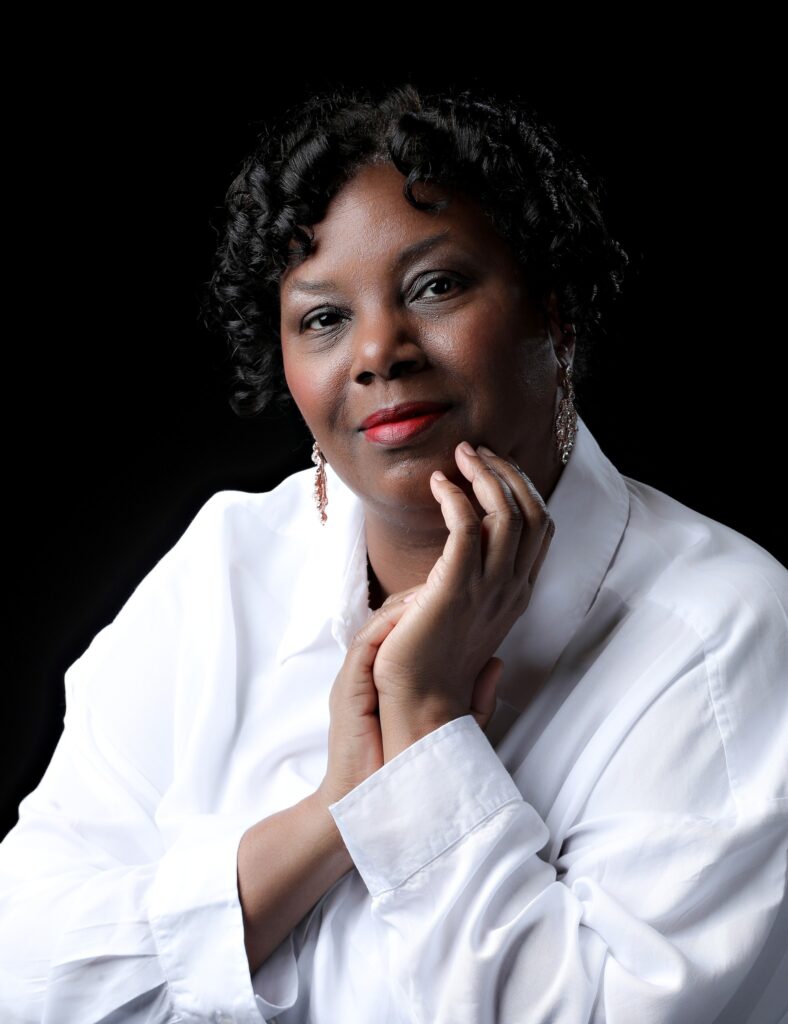
by Katrice Johnson
I’m a graphic designer and web designer. I am also the author of three books and working on my fourth now.
For more information about me and how I can help you with your business, please go to my website Graphic Grooves Consulting


